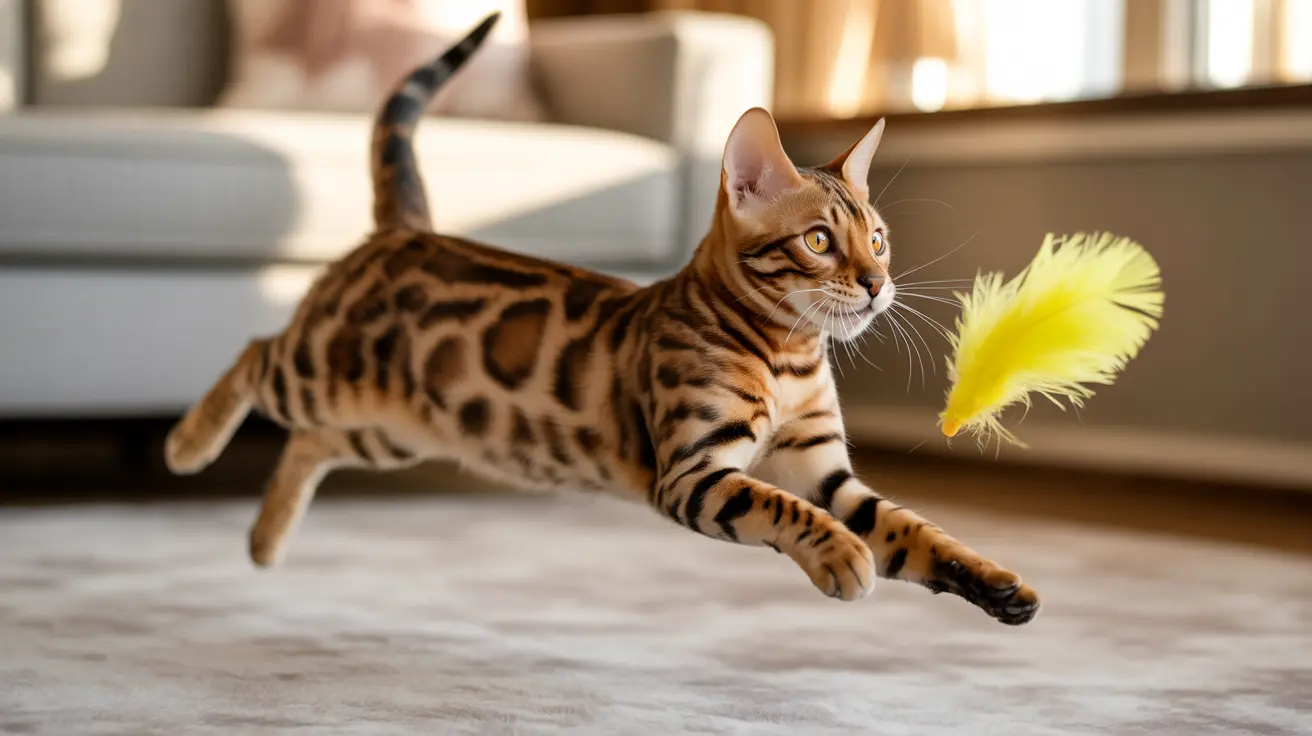Feline dysautonomia, a rare but devastating neurological disorder, poses significant challenges for cats and their owners. This complex condition, also known as Key-Gaskell syndrome, primarily affects the autonomic nervous system, which controls essential involuntary body functions like breathing, digestion, and heart rate.
First identified in 1982, this mysterious condition has since been documented worldwide, affecting cats of all breeds and ages, though younger cats seem particularly vulnerable. Understanding its symptoms, diagnosis, and management options is crucial for cat owners and veterinary professionals alike.
What is Feline Dysautonomia?
Feline dysautonomia occurs when the autonomic nervous system experiences widespread degeneration, disrupting vital bodily functions. This system controls unconscious processes like breathing, digestion, heart rate, and pupil dilation. When compromised, it leads to multiple simultaneous health issues that can severely impact a cat's quality of life.
While the exact cause remains unknown, researchers suspect environmental toxins or other external triggers may play a role. The condition can develop suddenly or progress gradually over several days to weeks.
Recognizing the Signs and Symptoms
Early detection of feline dysautonomia is crucial for improving outcomes. Common symptoms include:
- Dilated, unresponsive pupils
- Difficulty swallowing and excessive drooling
- Vomiting or regurgitation
- Constipation or diarrhea
- Reduced tear production
- Respiratory difficulties
- Loss of appetite and weight loss
- Muscle weakness and fatigue
These symptoms can vary in severity and may not all appear simultaneously. Some cats might show mild signs initially, while others may experience rapid onset of severe symptoms.
Diagnosis and Testing
Veterinarians diagnose feline dysautonomia through a combination of clinical examination and specialized tests. The diagnostic process typically includes:
- Physical examination focusing on neurological responses
- Tear production tests (Schirmer tear test)
- Radiographs to check for megaesophagus
- Specialized pharmacological tests
- Blood work to rule out other conditions
A definitive diagnosis often requires ruling out other potential conditions that share similar symptoms.
Treatment Approaches and Management
While there is no cure for feline dysautonomia, various supportive care measures can help manage symptoms and improve quality of life:
- Intravenous fluid therapy for hydration
- Nutritional support through feeding tubes when necessary
- Regular monitoring of vital functions
- Management of specific symptoms like dry eyes and constipation
- Prevention of complications like aspiration pneumonia
- Physical therapy to maintain muscle strength
Treatment success largely depends on the severity of symptoms and how quickly intervention begins.
Long-term Prognosis and Care
The prognosis for cats with feline dysautonomia varies significantly. Some cats with mild cases may recover partially or fully over several months to a year. However, severe cases often have a poor prognosis, with complications like aspiration pneumonia being particularly dangerous.
Long-term management requires dedication and careful monitoring. Some cats may need ongoing supportive care for the rest of their lives, while others might adapt to their condition with appropriate management strategies.
Frequently Asked Questions
What are the common symptoms of feline dysautonomia in cats?
The most common symptoms include dilated pupils, difficulty swallowing, vomiting, constipation or diarrhea, reduced tear production, respiratory problems, and loss of appetite. Cats may also show muscle weakness and general fatigue.
How is feline dysautonomia diagnosed, and what tests are needed?
Diagnosis involves physical examination, tear production tests, radiographs, pharmacological tests, and blood work. Veterinarians often need to rule out other conditions that present similar symptoms before confirming feline dysautonomia.
Can feline dysautonomia be treated, and what supportive care is available?
While there's no cure, supportive care includes fluid therapy, nutritional support, symptom management, and prevention of complications. Treatment focuses on maintaining quality of life and managing specific symptoms.
Is there a cure for feline dysautonomia, or is management the only option?
Currently, there is no cure for feline dysautonomia. Management through supportive care is the only option, focusing on controlling symptoms and preventing complications.
What are the typical outcomes for cats diagnosed with feline dysautonomia?
Outcomes vary widely. Some cats with mild cases may recover partially or fully over time, while severe cases often have a poor prognosis. Success depends on early intervention and dedicated supportive care.






